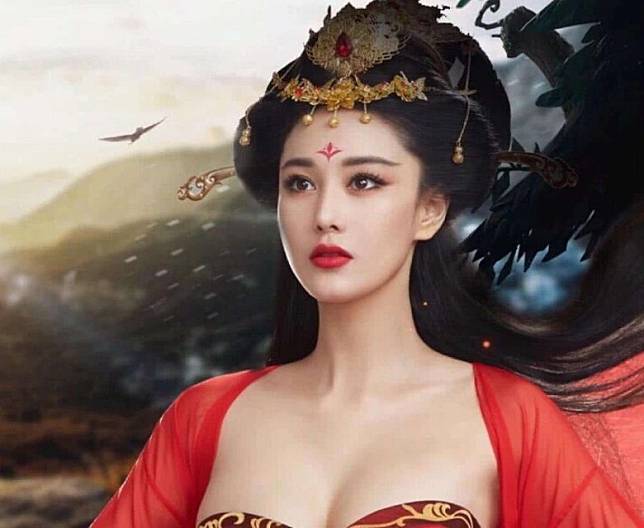Da Ji is a renowned beauty in Chinese mythology, particularly during the Shang Dynasty. She is known as the second queen of King Zhou (also known as King Zhen), the last ruler of the Shang Dynasty in Chinese history.
The most popular portrayal of Da Ji is as a beautiful woman transformed by a fox spirit. In many ancient stories, novels, and theatrical performances, she is depicted as an enchanting beauty, a great beauty whose allure led to national calamity. Da Ji is believed to have captivated King Zhou, contributing to the downfall of the Shang Dynasty and paving the way for the rise of the Zhou Dynasty.
When people think of Da Ji, they often picture her as an exquisite beauty but also as a harbinger of disaster. Many actresses have portrayed Da Ji in film and television, but the most memorable performance remains that of Barbara Yung in the series “Feng Shen Bang.”
It is not uncommon for later generations to reconstruct the images of historical figures based on statues, paintings, and descriptions from ancient texts. The accuracy of these reconstructions can be hard to assess, but they certainly have some basis. In 2020, the Institute of Historical and Cultural Research in Taiwan (China) announced a 3D model of Da Ji based on archaeological studies. However, the final product sparked significant controversy, leading to widespread debate online.
According to the published information, this design was based on archaeological materials and related research, aiming to bring Da Ji closer to the audience as a “time traveler,” using dynamic representation to recreate the history and social culture of the Shang Dynasty. The institute collaborated with AR Coolmi Culture and renowned illustrator Xi Xu to create Da Ji’s image. Ultimately, the reconstruction of the great beauty Da Ji was completed.
Source: Sohu
